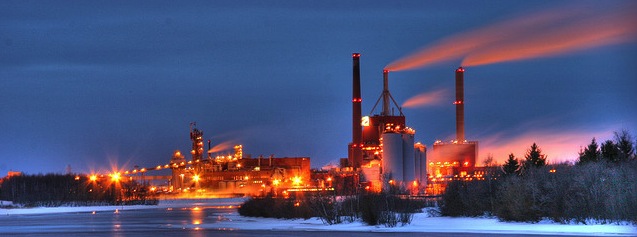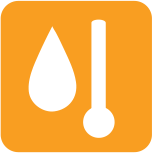
Water & Energy Solutions performs integral as well as specifically targeted energy optimization projects in the process industry. Here, energy optimization stands for sustainable cost reduction and improvement of capital efficiency.
-
 Energy Innovation Study
Energy Innovation StudyComplete Water & Energy optimization
Using our integral top-down methodology we systematically analyze and model utilities and their interactions with core-processes. We deliver a Water & Energy focused overview of a production site. Based on new insights coming from our overview, we define new optimization potential.
-
 Electricity Check
Electricity CheckReduce electricity usage
A large part of energy consumption in industrial processes comes from electricity usage. Assessing electro motor type, age, runtime (continues, discontinues, frequency controlled) and dimensioning is key to reduce carbon footprint. On the basis of thorough core process understanding, we provide new electricity saving opportunities.
-
 Cooling Water Systems Check
Cooling Water Systems CheckProvide insight in complex cooling systems
Cooling water systems are often not considered as large contributors to energy consumption. However, they transport energy away from core processes and require energy to operate. We provide an integral survey of cooling capacity on a production site to prioritize and optimize core process cooling. -
 Steam and Condensate Systems Check
Steam and Condensate Systems CheckImproving energy distribution
Steam and condensate systems are used to transport energy at a production site. Assessing energy distribution, core process energy requirements and losses associated with steam generation and transport, we improve the steam-condensate loop, while generating energy saving opportunities.
Going the extra mile
On the basis of our track record and experience we believe that 20% energy reduction is easily obtainable for every client when using ISPC. This is because we go further than a standard “Energy Scan”. We analyze utility generation, transport and usage as well as the interface between core processes and utilities. Because core processes are assessed on the basis of utility usage, completely new optimization opportunities are generated.
